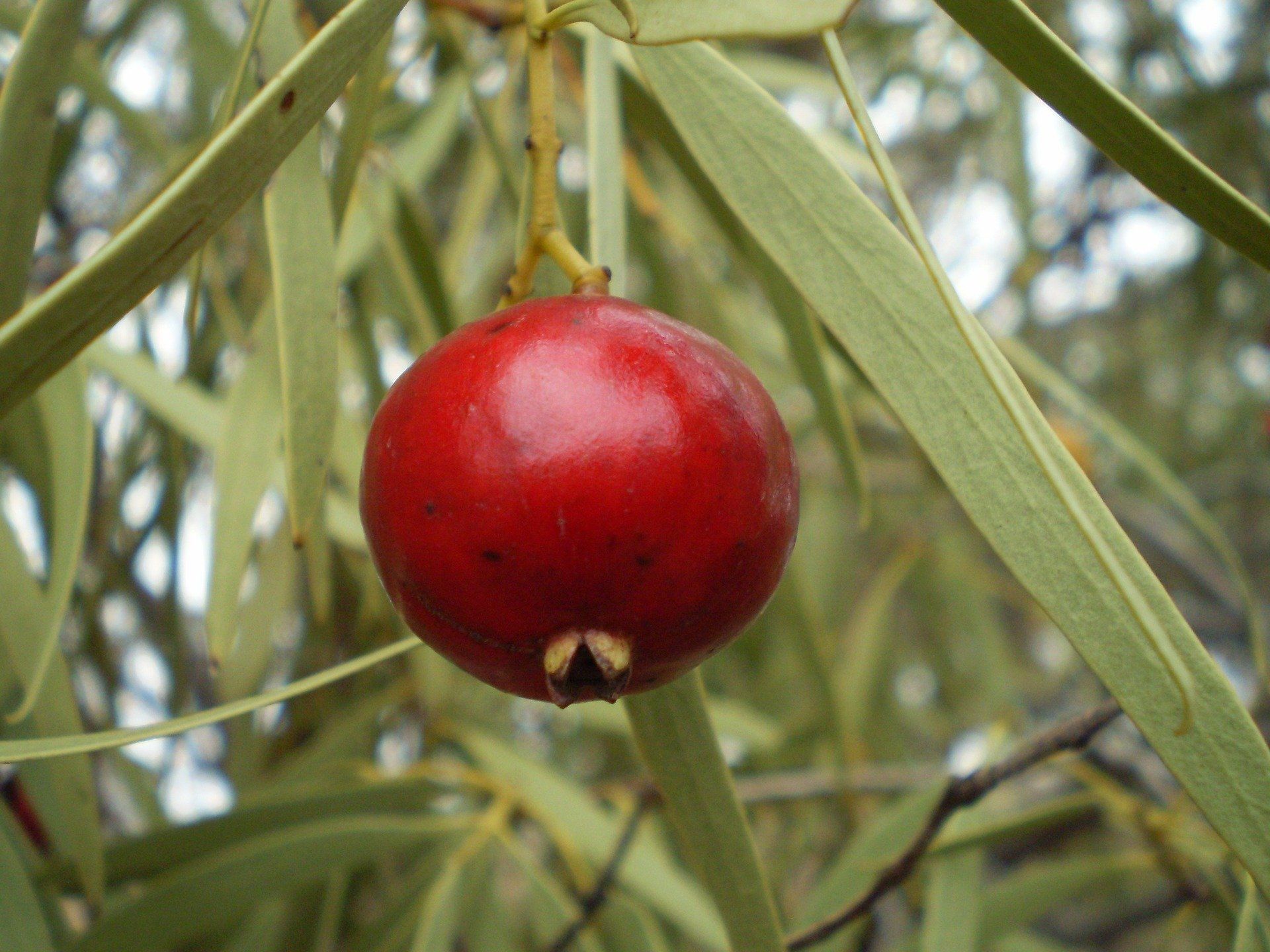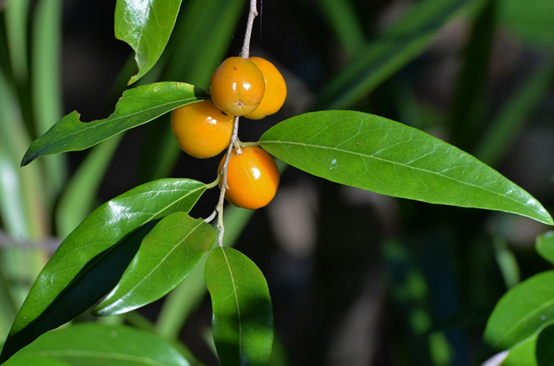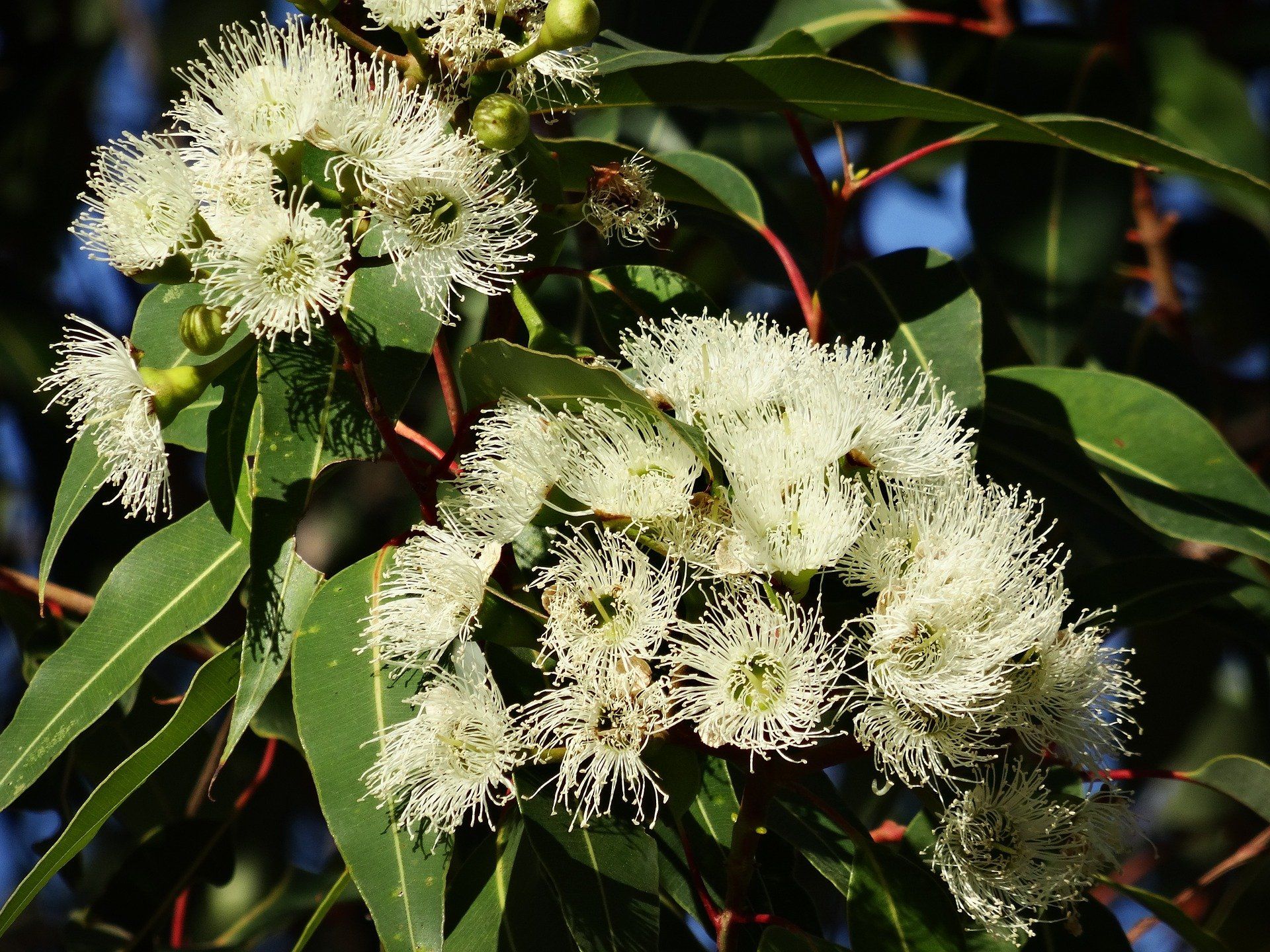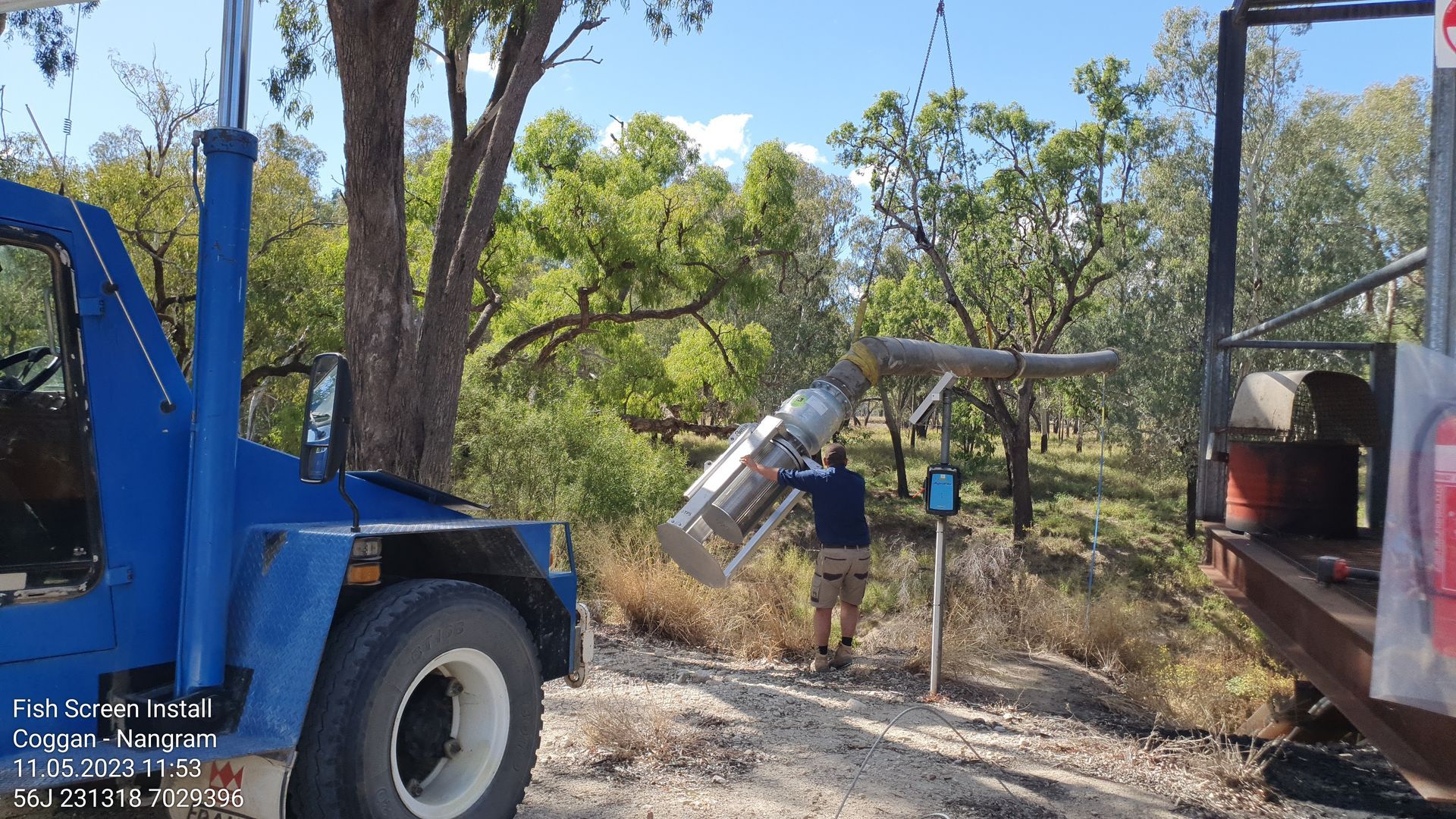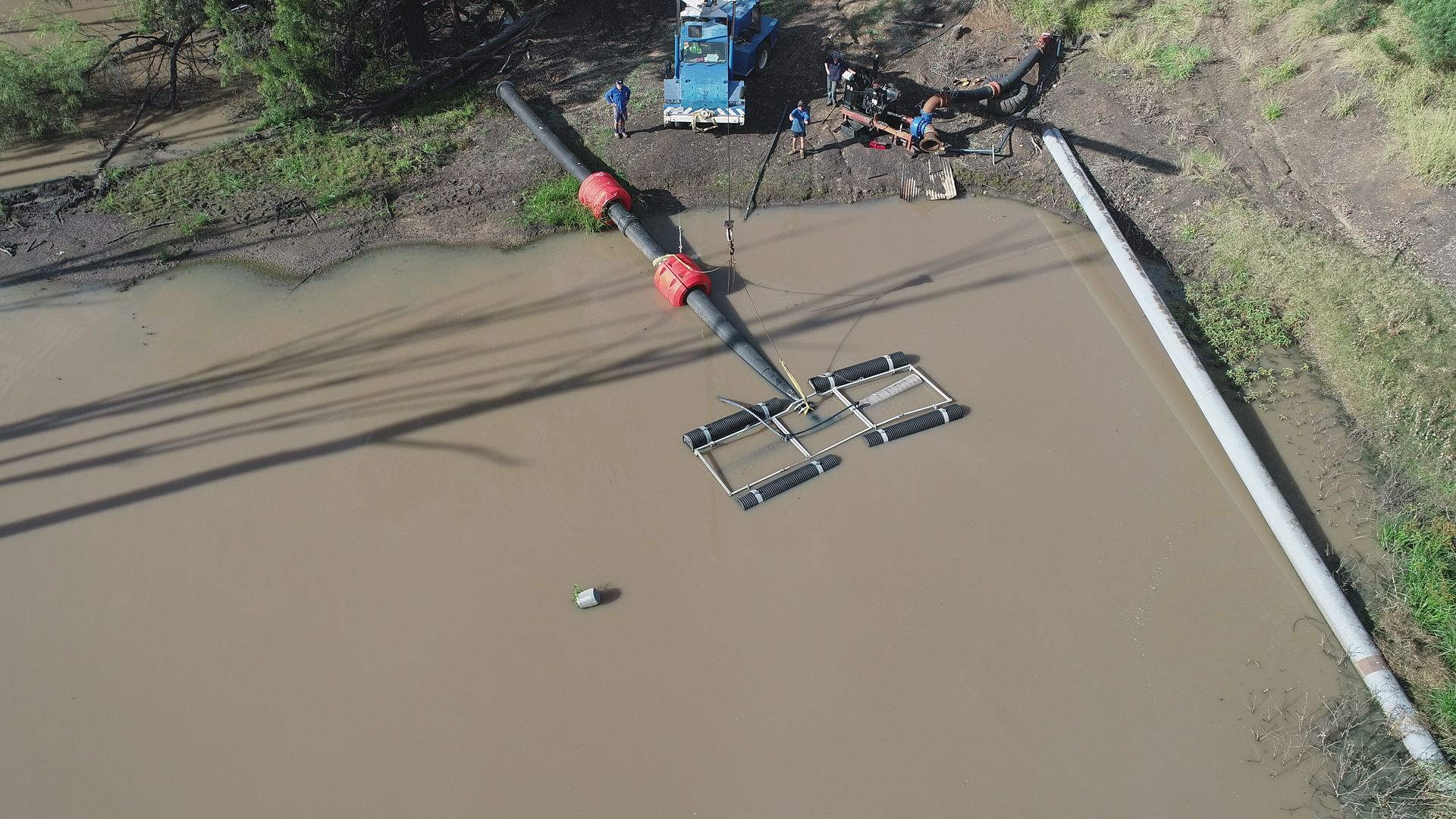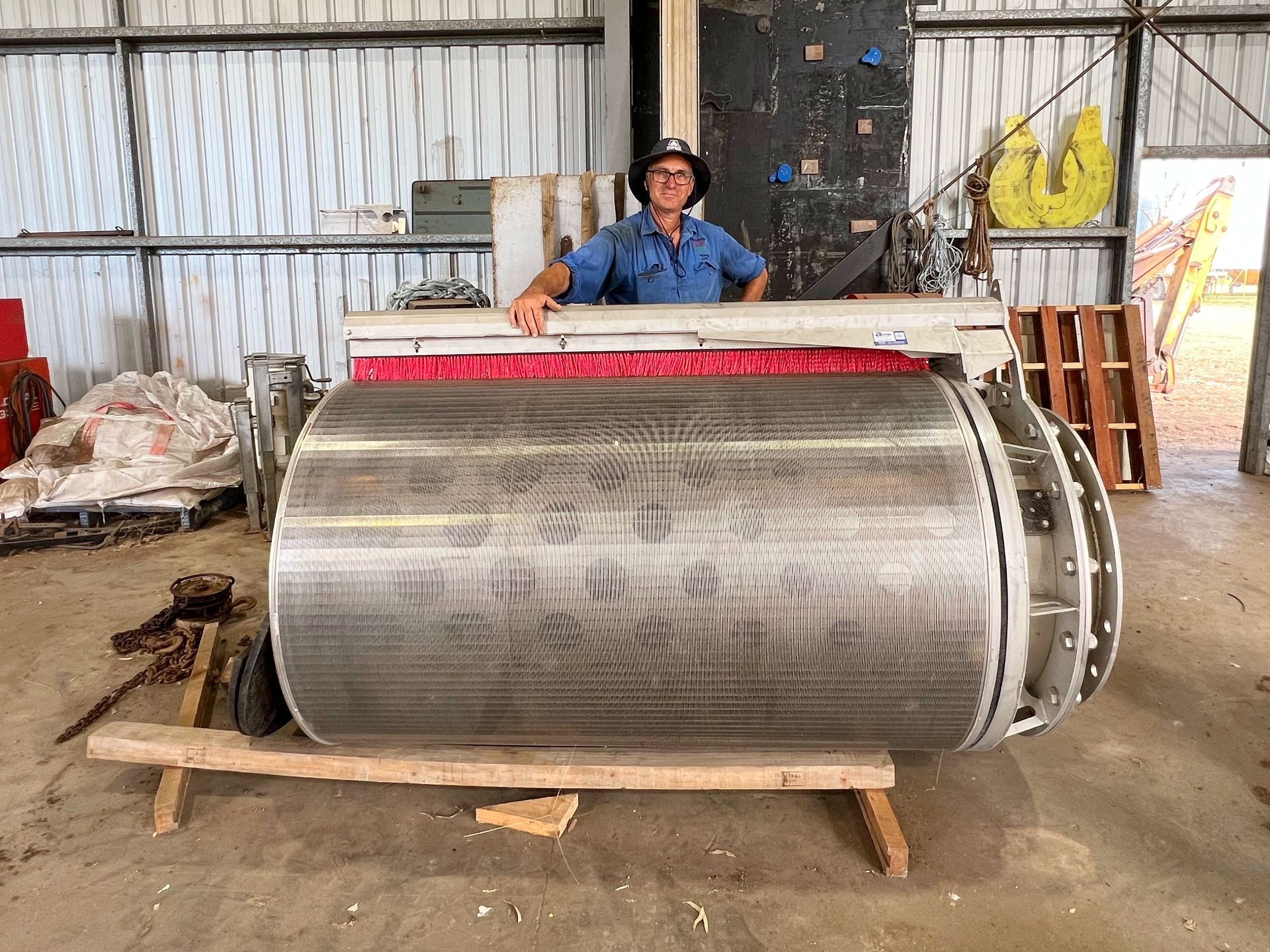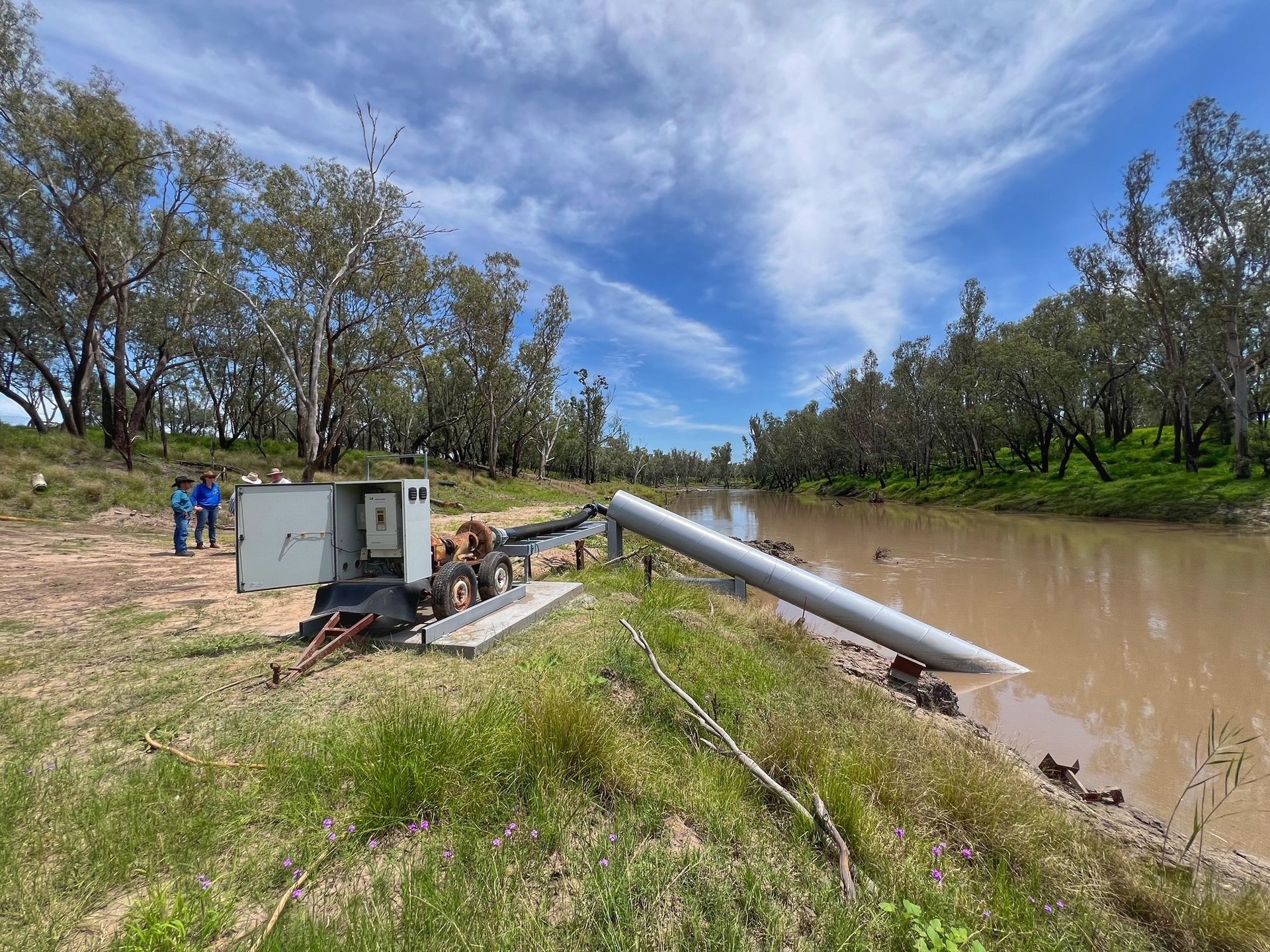Bush medicine in Australia’s backyard
Bush medicine is a powerful and ancient part of the culture and heritage of many of Australia’s First Nations. For centuries First Peoples have passed down and shared their practices and stories of how Australia’s native flora can be prepared and used for healing.
Bush medicine involves taking the leaves, fruit, bark, sap and/or roots of specific native plants, and preparing them in such a way that their medicinal properties (e.g. antibacterial, anti-inflammatory) are activated. These remedies have been used to treat conditions ranging from upset stomachs and infections, to burns and rashes, and many illnesses in between.
In recognition of 2020 being the 'International Year of Plant Health', and with respect to the First Nations of the SQ Landscapes region, here are three native bush medicine plants worth noting.
A word of caution:
Many Australian native plants are highly toxic and difficult to identify. Unless you are experienced in the identification, collection and safe preparation of bush medicine, or accompanied by someone who is, it is inadvisable to harvest or use bush tucker for medicine or food.
Please also be aware that the harvesting of plants is restricted in some areas e.g. national parks.
Quandong (Santalum acuminatum)
Quandongs (or Wild Peach) are a native fruit found in arid and semi-arid areas of southern Australia. The mature fruit is bright red and around 15-25mm in diameter. It grows as a shrub or tree and is parasitic in nature, sucking water and nutrients from a host plant to survive. It is a tart-tasting fruit, but the sugar content increases as it dries.
Quandongs contain twice the Vitamin C of an orange, and are a valuable source of Vitamin E, folate, magnesium, calcium, iron and zinc.
An incredibly versatile fruit, quandongs can be eaten raw, made into jams, pies and other desserts, frozen, dried, or utilised in bush medicine. Their centre kernels are ground to create powerful antibacterial and anti-inflammatory pastes for treating skin conditions and toothaches, the roots are made into an infusion to treat rheumatism and the leaves to treat stomach aches.
Quandong grind stones have been found in First Nation sites throughout the Murray-Darling Basin and are believed to have been used for more than 50,000 years. They can be difficult to grow domestically but dried quandongs can be found in health food/bush tucker stores throughout Australia and online.
Quinine Tree (Alstonia constricta)
The Quinine Tree (or Native Quince or Bitterbark) is part of a family of plants known as alkaloids. A common characteristic of alkaloids is a bitter taste, which can indicate either a therapeutic or, equally important if used effectively, poisonous quality.
The ripened fruit is small, round and bright yellow or orange. It grows on full shrubs or trees which can grow up to 6 metres high. As the fruit dries, it sheds its flesh and explodes, shooting the seeds in all directions. Native to coastal areas of northern Australia, north-east New South Wales and the Darling Downs region, the quinine tree grows commonly in thickets on sunny hill sides.
Traditionally, the bark and roots of the quinine tree would be prepared into liquids for treating diabetes and other illnesses including sores and headaches. The fresh fruit can be used to ease toothaches, malarial symptoms including fever, and as birth control.
The potent astringent and antiseptic qualities of the plant can make it difficult to control the outcomes of quinine when used medicinally.
Despite the bitter taste, emus eat quinine fruit which also helps to disperse seeds for regrowth.
Eucalyptus (Eucalyptus sp)
One of the most prevalent and iconic native Australian plants, the eucalyptus is easy to identify due to its distinct look and aromatic aroma.
There are more than 700 different species of eucalyptus in Australia.
From short and bushy garden species, to the world’s tallest flowering tree (Eucalyptus regnans), eucalypts are incredibly diverse plants. Eucalypt flowers range in size and colour, producing white, yellow, pink and red blossoms. These blossoms attract native stingless bees that help pollinate the plants while producing honey from nectar known as 'sugarbag' bee honey - another bush tucker produced with the help of eucalypts.
Eucalypt aroma can be described as having likeness to peppermint, lemon or pepper. In bush medicine, aromatic plants are regarded as important for treating respiratory diseases. The bark, leaves, flowers and resin known as 'kino' of different eucalypts offer a variety of healing qualities.
Eucalyptus leaves and bark can be infused for body pains, fevers and chills, while the kino can be used to treat wounds and the oil (harvested from glands in the leaves) is used not only by First Nation peoples, but also commercially as an antimicrobial in mouthwash, lozenges, cough suppressants and topical balms.
Fossilised eucalypt flowers have been dated as 52 million years old, while the genome of the Australian rose gum (Eucalypt grandis) indicates these plants have been around for at least 109 million years.
To learn more about this native treasure, visit ABC Science’s Eucalypts: 10 things you may not know about an iconic Australian.
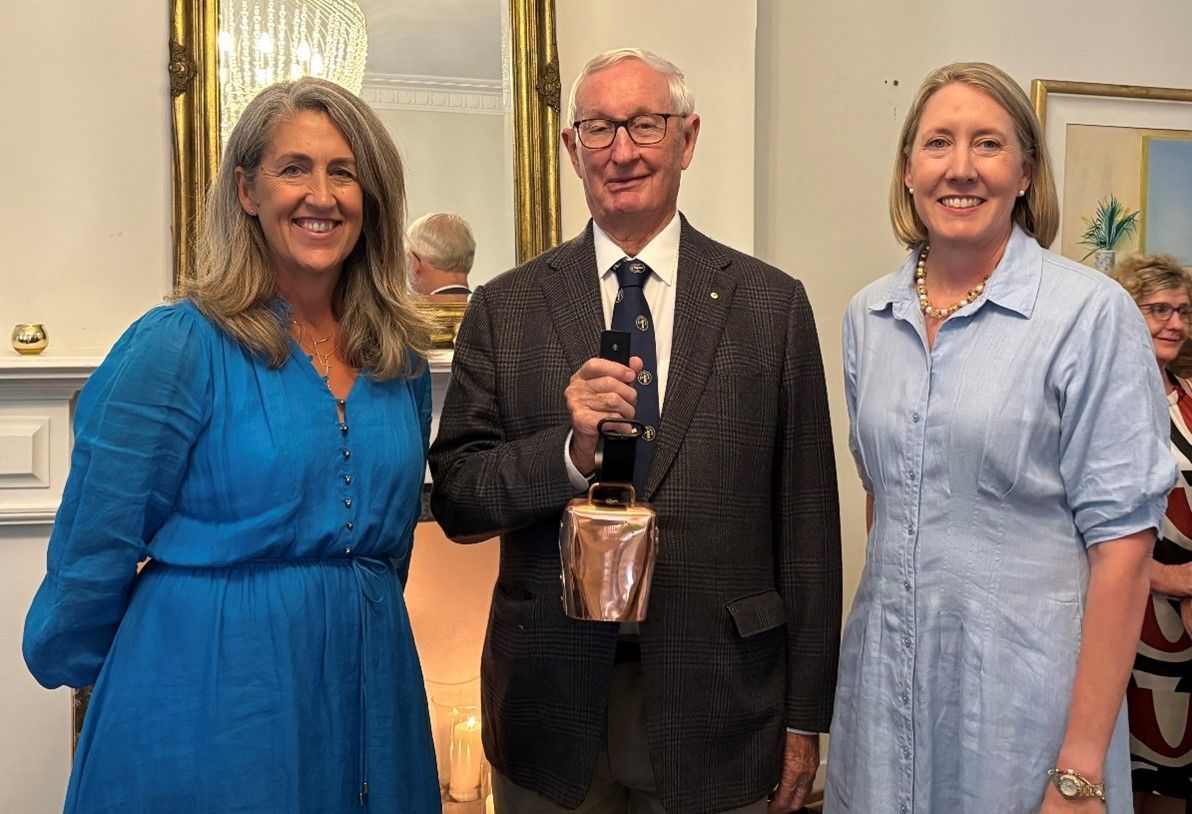
Southern Queensland Landscapes is seeking an experienced and influential Board Chair to lead a multi-skilled Board in managing natural resources across Southern Queensland. This is a 3-year remunerated role based in Toowoomba, QLD, with the flexibility to manage from anywhere in Southern QLD. The ideal candidate will bring: • Substantial experience leading diverse Boards • Strong relationship-building and leadership skills • Expertise in environmental and agricultural matters This role is an opportunity to shape the future of natural resource management, working closely with land managers, community leaders, and industry professionals. Are you ready to make an enduring impact? For more details and to apply, visit www.windsor-group.com.au/job/board-chair-natural-resources-peak-body or contact Mike Conroy at apply@windsor-group.com.au.
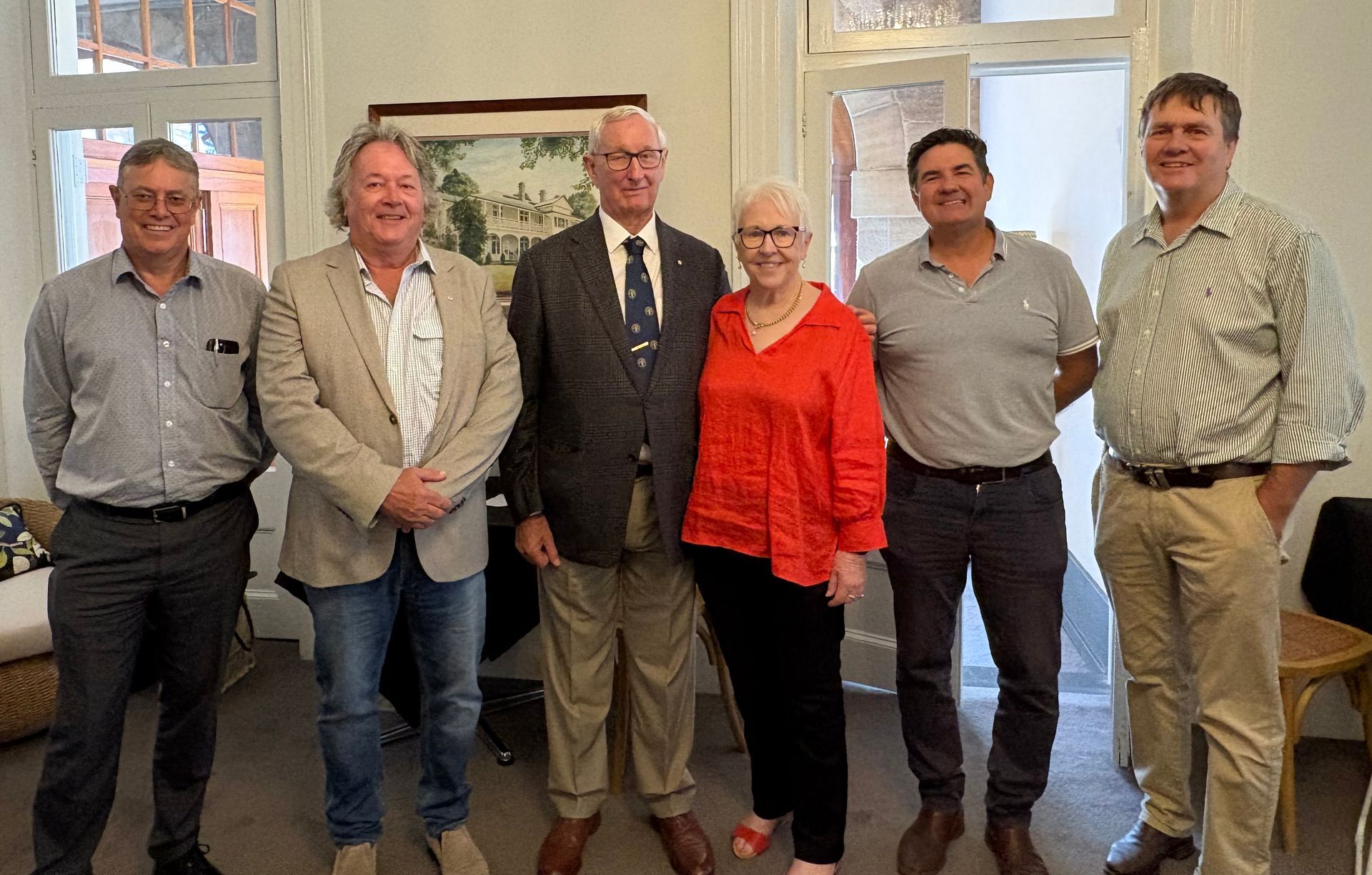
This week marked the final Board meeting for retiring Southern Queensland Landscape Chair, The Hon Bruce Scott AM. The Southern Queensland Landscapes Board hosted a function at Gip’s restaurant in Toowoomba, joined by past Directors, industry stakeholders and the Southern Queensland Landscapes Management team, where Bruce was warmly acknowledged and thanked. Bruce offered special thanks to his dear wife Joan for her support during his period of service to Southern Queensland Landscapes, in particular the warm country hospitality she has offered to many visitors to Roma. Bruce also recognised and thanked Southern Queensland Landscapes Company Secretary Pam Murphy, who has supported Bruce in his service to Southern Queensland Landscapes since the organisation’s inception.
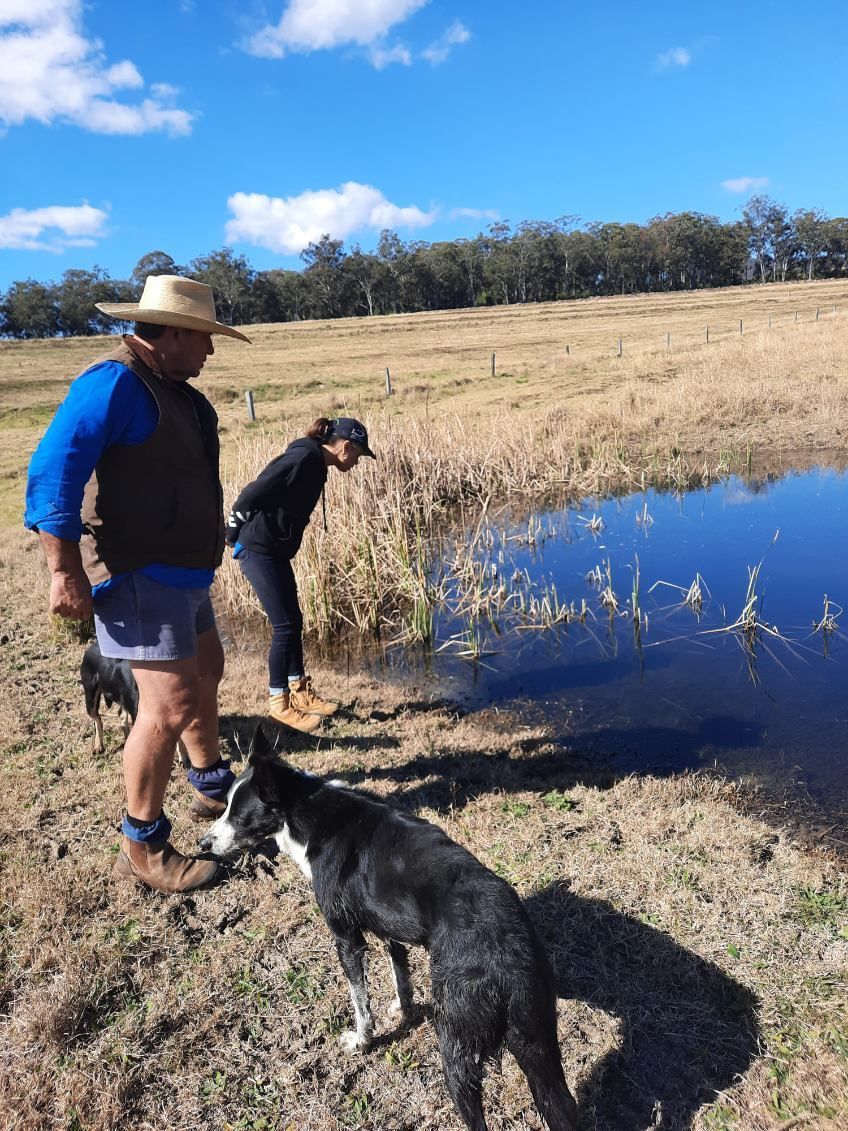
The Condamine Headwaters, a critical ecosystem in Southern Queensland, has long faced threats from sedimentation, habitat degradation, and thermal regime changes. The Blackfish Project, dedicated to reversing these impacts, unites scientists, landowners, and the community in a shared mission to restore and protect this vital environment. At its core lies the river blackfish, a sensitive indicator of the overall ecosystem health. Central to the project's success is the unwavering commitment of landowners like Paul Graham. Inspired by the project's vision, Paul reached out to SQ Landscapes seeking support for a solar pump and tank to divert his cattle away from waterways on his property. Paul's deep-rooted love for his land, captured in his humorous quip "I love my land more than I love my wife," is a testament to the powerful connection between people and place that drives conservation efforts.
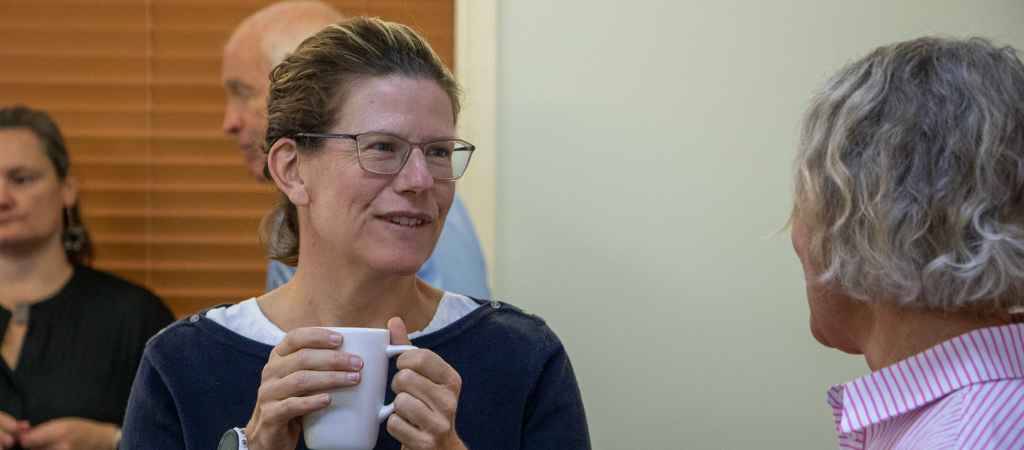
The Board of Southern Queensland Landscapes recently met in Toowoomba. In addition to the Board meeting, Board and Executive worked through updating SQ Landscapes’ strategy. Company Secretary Pam Murphy highlighted the importance of the latest Board meeting and what it means for the company’s future. “The updated strategy will help SQ Landscapes deliver sustainable natural resource management (NRM) outcomes that improve the lives of people in regional communities now and for the future,” Pam Murphy said. “We’re excited to continue delivering value for our region and build Flourishing Landscapes and Healthy Communities across Southern Queensland under the guidance of the Board,” Mrs Murphy said.
